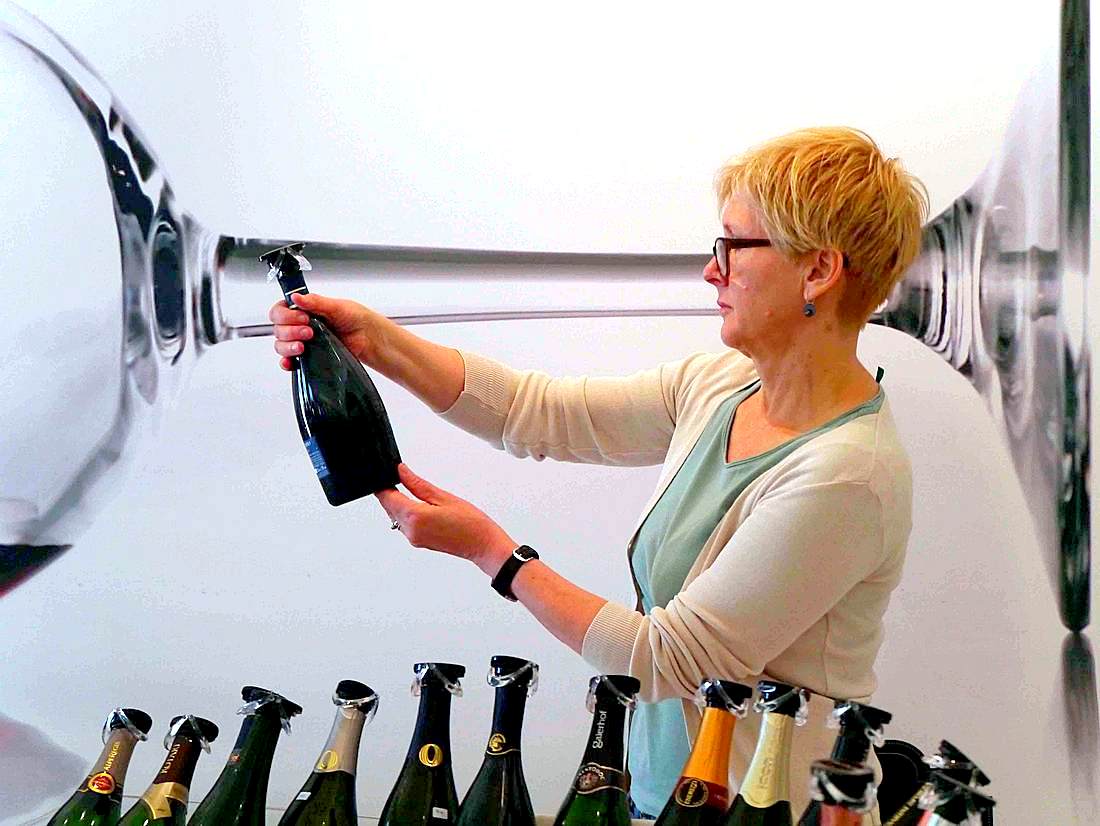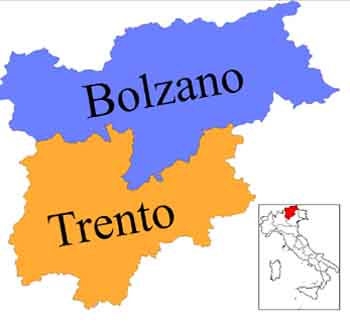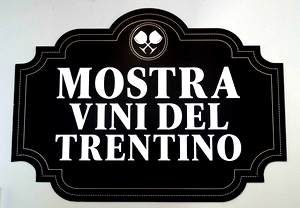
The wine district of Trentino is one of Italy’s best-kept secrets—at least from Americans. That translates into real bargains on some outstanding wines from unfamiliar producers. Trentino is the southern half of the region of Trentino-Alto Adige east of Lombardy and west of the Veneto. To help you place it, the wine district more or less corresponds to the Trento province in the map below.
 With high-altitude vineyards on a mix of dolomitic limestone and volcanic porphyry, the area produces startlingly good sparkling wines in the style of Champagne, highly aromatic white wines similar to the style of Alsace, and some fascinating local reds that many Americans have never heard of. Napoleon rolled through in the early 19th century, and many chardonnay, merlot, cabernet, and pinot noir vineyards date from that era. While the two big cooperatives of Cavit and Mezzacorona also produce daunting quantities of bargain-priced pinot grigio for the North American market, some Trentino wineries also make very sophisticated and delicious wines from the same grape.
With high-altitude vineyards on a mix of dolomitic limestone and volcanic porphyry, the area produces startlingly good sparkling wines in the style of Champagne, highly aromatic white wines similar to the style of Alsace, and some fascinating local reds that many Americans have never heard of. Napoleon rolled through in the early 19th century, and many chardonnay, merlot, cabernet, and pinot noir vineyards date from that era. While the two big cooperatives of Cavit and Mezzacorona also produce daunting quantities of bargain-priced pinot grigio for the North American market, some Trentino wineries also make very sophisticated and delicious wines from the same grape.
 I had the pleasure of attending the 79th edition of the Mostra Vini del Trentino, which translates loosely as Trentino Wine Tasting. Some 10,000 people showed up over the four days to file through one of the great late medieval palaces in central Trento to sample a selection of 128 excellent wines from the region. The general public paid 5 euros for three glasses of the “basic” wines, 10 euros for three glasses of the reserve wines. As always, there were a slew of other events, from wine-themed movies to lectures to workshops to special dinners. Before the event opened to the public, the Trentino wine consortium (www.vinideltrentino.com/ITA/32/Consorzio.html) turned a dozen of us wine journalists loose to sample and take notes. Trentino is better known in Europe than in the U.S., so I was the only American present. With few exceptions, we all worked our way through the complete selection—although I declined some of the dessert wines because my palate was exhausted.
I had the pleasure of attending the 79th edition of the Mostra Vini del Trentino, which translates loosely as Trentino Wine Tasting. Some 10,000 people showed up over the four days to file through one of the great late medieval palaces in central Trento to sample a selection of 128 excellent wines from the region. The general public paid 5 euros for three glasses of the “basic” wines, 10 euros for three glasses of the reserve wines. As always, there were a slew of other events, from wine-themed movies to lectures to workshops to special dinners. Before the event opened to the public, the Trentino wine consortium (www.vinideltrentino.com/ITA/32/Consorzio.html) turned a dozen of us wine journalists loose to sample and take notes. Trentino is better known in Europe than in the U.S., so I was the only American present. With few exceptions, we all worked our way through the complete selection—although I declined some of the dessert wines because my palate was exhausted.
In the next several posts, I’ll be writing about some of those wines, including some made from the unusual grapes native to the region and several where I had a chance to visit the wineries. The Trentino district is actually fairly small, and has an active program that encourages winery visits. In most of Italy, you need to make advance reservations. Along Trentino’s Strade del Vino, you can simply stop by to taste and purchase.
Trento is a perfect base for touring and is a truly beautiful city that’s easy to walk. It has shuttled back and forth between Italy and Austria over the centuries, so the architecture is as much Germanic as Italian. The Dolomite Alps hover in the background just outside the city, making the region a favorite for mountain bikers. It was the site of the Council of Trent (1545-1563) that led to the Counter Reformation. Indeed, it’s been a center of humanistic learning ever since. Here’s a shot of the main square.

